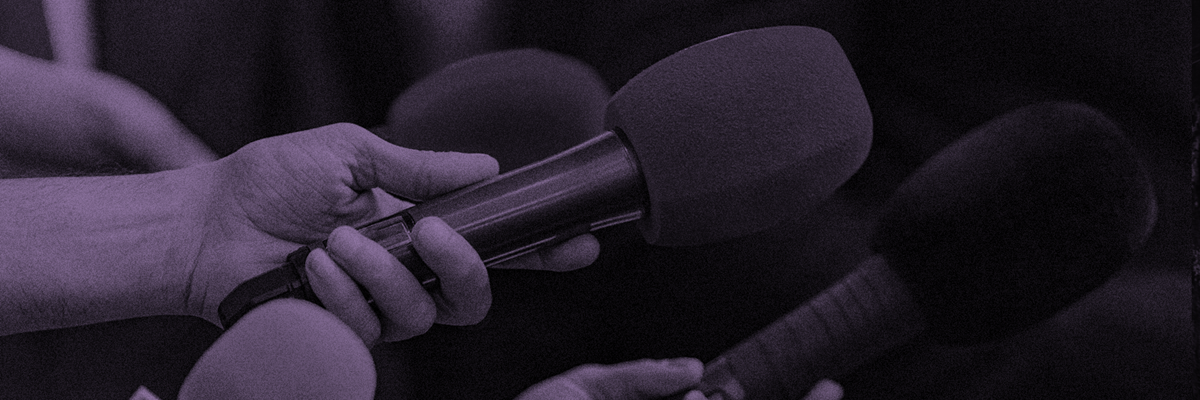Overconfidence is putting Scottish home owners at risk
We have become a nation of ‘YouTube DIYers’ according to new research from Electrical Safety First, which reveals over 2.7 million Scots would happily use online ‘how to’ videos to carry out home improvement even if they don’t have the necessary experience.[i]
There are now over three million YouTube videos that feature DIY in the home and so it is no surprise that more people than ever before are relying on the internet for this kind of information rather than seeking the advice of a professional.[ii]
A major reason for this growing trend is that we are keen to add value to our homes. The number of people across the UK carrying out work to increase their house value has trebled in the last two years, and half of UK adults would follow YouTube instructions when undertaking this work.[iii]
But rather than adding value, Electrical Safety First’s research reveals that around one in twelve people in Scotland have caused significant damage to their property or have had to pay for costly repairs because of botched DIY after following advice found online.[iv]
Electrical Safety First is also worried that the type and availability of online instructions is putting people at risk. For example, fitting a new bathroom or rewiring a house are among the top five electrical home improvement tasks that adults would feel confident to carry out while following online advice – complicated tasks that by law should be carried out or checked by a registered electrician.
Other tasks may appear straightforward, but as more than one quarter of adults in Scotland have come across unhelpful or even incorrect instructions online before, and with DIY blunders responsible for nearly half of severe electric shocks, one wrong move or skipped instruction could have serious consequences.[v]
So, the Charity has teamed up with SELECT, Scotland’s trade association for the electrical industry, to encourage Scotland’s “You-Tube DIYers” to think twice before they turn to the internet for advice.
Phil Buckle, Director General of Electrical Safety First said: “The internet is a fantastic resource and the new generation of YouTube DIYers shows just how much we have come to rely on it.
“But there’s only so much online videos and tips can tell you and not everyone will have the knowledge or experience to carry out more complicated tasks. Ask yourself: ‘If I have to Google this, should I really be doing it?’ If in doubt, get a professional in – it could save you a lot of time and money in the long run.”
Newell McGuiness, Managing Director of SELECT said: “It is worrying that so many people are unaware of the risks of carrying out complex electrical DIY in their homes. Choosing an electrician registered with a government approved scheme guarantees they have the skills to carry out the work and ensures procedures are in place should something go wrong. Electrical safety is not something anyone should take a gamble on – this is why we are encouraging people to use the Certification Register to find registered electricians in their area”.
Electrical Safety First offers these tips for safely following online DIY instructions:
- If something looks too complicated to try yourself, it probably is. You could save a lot of time and hassle by getting a professional in
- When doing electrical DIY make sure you have RCD protection, either in your fuse-box or as a plug-in. An RCD is a life-saving device that cuts out power if there’s an accident and can help prevent an electric shock
- If you have any doubts about the type of electrical DIY you should or shouldn’t be doing, visit www.electricalsafetyfirst.org.uk/DIY for more advice.
- Always use a registered electrician. Visit http://www.certificationregister.co.uk/ to find one in your area.
For more information visit www.electricalsafetyfirst.org.uk/DIY where you can also view a number of spoof ‘how to’ videos created by Electrical Safety First to highlight that we shouldn’t trust everything we see on the internet.
Ends
For more information please contact Libby or Rosie on electricalsafetyfirst@forster.co.uk or call 0207 403 2230.
[i] Based on the Scotland population of 5.3 million. 59% of adults would consider using YouTube tutorials or other online ‘how to’ videos if they were looking for information or guidance on how to do something practical or how to fix something in their home
[ii] In a July 2013 Electrical Safety First survey of 4,054 adults, 42% said they would use ‘Google and other online resources’ to gain knowledge about DIY compared to 57% in a September 2014 survey of 2,106 adults. In the same 2013 survey, 39% said they would seek advice in DIY stores and 29% from DIY television programmes, compared to 30% and 19% respectively in 2014.
[iii] According to the European Home Report 2014, 68% of people said they invested in home improvements to increase their home’s value, treble the number in 2012:
http://www.kingfisher.com/files/reports/2014/european_home_report/european_home_report.pdf
44% would use online advice to fix, restore or build something if it meant they could add value to their home
[iv] 8% of adults in Scotland either caused significant damage to their property or had to pay for costly repairs because of botched DIY
[v] 26% of adult s in Scotland have come across unhelpful advice or incorrect instructions relating to DIY online before. DIY blunders cause half of all serious electric shocks according to research carried out by Electrical Safety First in 2013. Out of respondents who had received an electric shock, nearly half were caused by accidents relating to DIY
